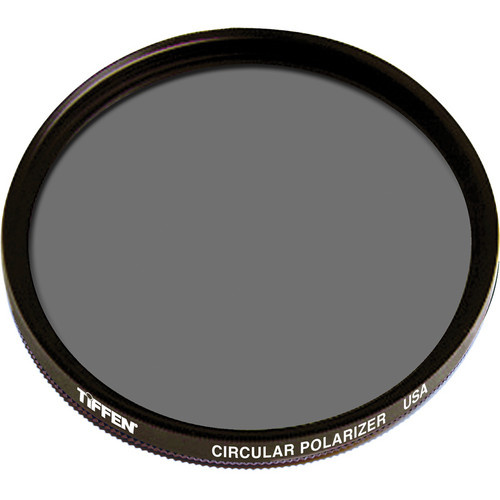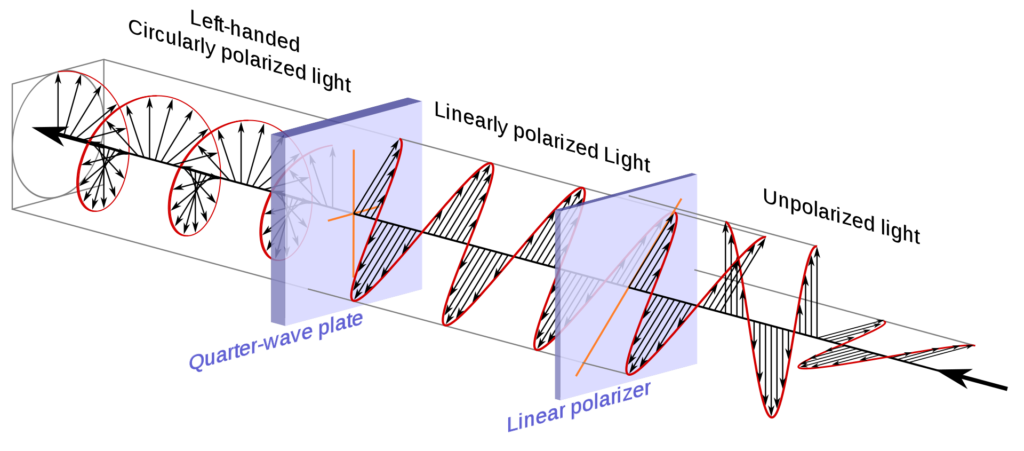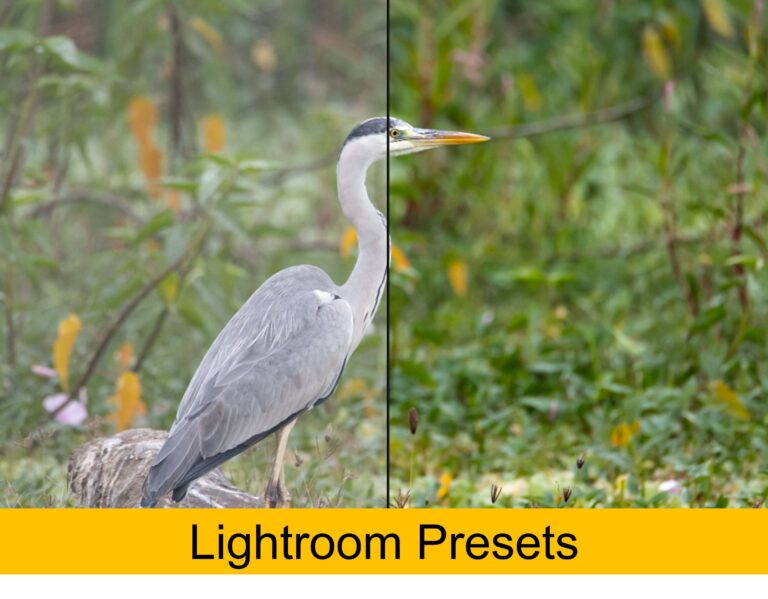When it comes to photography , a camera polarizer lens filter ( Also popularly known as Circular Polarizing Filter or just CP filter ) is a must-have. For landscape photographers, this is generally the first filter they purchase since it quickly enhances their images by bringing out their contrast and vividness.
Light rays which are reflected become polarized. Polarizing filters are used to select which light rays enter your camera lens.
Using polarizing filters in your photography may enhance your images in a variety of ways. In this post, we’ll go over how and why you should use them.
If You are looking to buy the best polarizer lens filter for your camera then below are some of our recommendations. If you are interested to learn a lot more about CP filters then we encourage you to read on.
What is a Polarizing Filter?
A camera polarizer lens filter or a ‘polarizing’ filter or a ‘polarising’ filter or simply a “Polarizer” , they all mean the same thing. Its basically a photographic filter that goes in front of the camera lens.
It can eliminate undesirable reflections from non-metallic surfaces like water or glass, saturate colors, and hence improve contrast. It also helps to remove haze from landscape photographs.

The effect can be seen through the viewfinder and changed by rotating the filter. The filter factor varies according to how the filter is rotated and its orientation to the sun.
Although it may be used for a wide range of photography, landscape, cityscape and architectural photography are the most prevalent uses.
How Does a Polarizing Filters Work ?
To understand how the Camera Polarizer Lens Filter works we need to get a little bit into the physics behind it.
If you remember what you studied in the physics class then you may recall that light can be seen as a particle or a wave.
In our discussion of polarizers, we’ll talk about how waves behave. When light comes from a source, like the sun or a light bulb, it goes out in all directions at the same rate. They are polarized when they hit a flat object, like one with a high-gloss surface.
That means the light now mostly goes in one direction instead of going in all directions at once. To our eyes, and to the camera, this is usually seen as a very bright reflection of the light off of the surface.
Because there is now polarized light mixed in with non-polarized light, we can use a polarizing filter to separate out the single-plane polarized light from the rest of the light.
The polarizer or polarizing filter is designed in such a way that it allows the light waves in a certain direction to pass through it and light waves in certain direction are absorbed.
A typical modern day Circular Polarizer comprises of firstly a linear polarizer which performs the function of separating the light , followed by a quarter-wave plate which further transforms the now-linearly polarized light into circularly-polarized light before entering the camera.
This helps to rotate the filter and get the exact effect the photographer is looking for.
Here is an image explaining how a circular polarizer works.

Types of Polarizing Filters
There are two main types of Camera Polarizer Lens filter , Linear Polarizing filter and the Circular polarizing filter.
If you use linear polarizers, the mirrors on your SLR or DSLR camera will cross-polarize, which can cause problems with metering and autofocus. Linear polarizers have one polarising layer.
This isn’t true for circular polarizers, which have a second layer that changes the direction of the light. This makes them safe to use on any type of camera. The only problem with a circular polarizer is that it blocks more light than a linear polarizer and can cause change in exposure.
Due to the popularity of DSLR cameras, the demand for linear polarizers dropped over time. This led filter manufacturers to focus on making circular polarizers, which range from cheap, poorly-coated filters to high-quality multi-coated circular polarizers with great light transmission.
There are still linear polarizers on the market today, but they aren’t recommended because there aren’t many high-quality options.
Top 5 Reasons to Own a Circular Polarizer
Circular polarizer can be used to enhance the photographs in multiple ways. Different type of photography work has different application of circular polarizer. Lets take a look at 5 most important things a circular polarizer can help you with.
Control reflections from non metallic surfaces
Using polarising filters to decrease reflections in a scene is one of the most common reasons why photographers employ them.
Reflections may be seen all around us, and they are particularly frequent in nature. Along with basic water reflections from ponds and lakes, we may also be dealing with window reflections or even very small reflections of light bouncing off the flora or rocks around waterfalls, to name a few examples.
Reflections from any non metallic surfaces can be easily dealt with by using a circular polarizer.
The use of a polarizing filter in such settings may significantly minimize reflections, with the added benefit of possibly increasing contrast and saturation in the picture.
Remove atmospheric haze and provide clearer landscape images
One of the primary reasons for landscape photographers to use the circular polarizer is to remove the haze and get a lot clearer landscape images.
No matter how clear the day is and how goo the visibility is there is always haze in the air and it gets captured in images especially during long exposure shots.
You can always remove the haze in postprocessing , most image editing tools such as Lightroom these days have a tool called “dehaze”. However it is always better to get a cleaner image in the first place.
In a landscape image , distant objects will appear a lot clearer , skies will present a lot more saturated blue color and if you have a water body in your image then the reflection will be removed , all this by using a single filter . What more you want as a landscape photographer !!
Improve contrast in your images
There is a debate on this one !! .. Due to the dehaze and reflection reduction capability the images with circular polarizer appear have a lot more contrast. However in actual circular polarizer reduce the contrast.
This is a little confusing but you can always adjust the effect you want by rotating the filer by a precise amount.
Increases color saturation and add vividness to your image
Circular polarizers can give you significantly more saturated images. The typical landscape colors such as green and shades of yellow , brown in fall season and any other prominent color in your image will appear a lot more saturated when you use a polarizer.
This along with other benefits of lower reflections , less haze and added contrast the overall image appears significantly better out of the camera.
When to use a Camera Polarizer Lens Filter
There are many occasions when you can use a polarizing filter but here are some when you should definitely use one !
When photographing water or even waterfalls
When you take a picture of something with water, you’ll often get reflections that you don’t want. A polarizer can make all the difference. This is true for waterfalls where you see a lot of reflections in the water and on the wet rocks.
So, of course, you don’t always want to use a Camera Polarizer Lens Filter when you’re taking water shots. Sometimes, you’ll want to keep reflections in a picture, like when a mountain is reflected in a calm lake. If you want to keep the reflections, you should leave the polarizer out of the picture.
But most of the time, if there is water in your picture, a polarizer is a good idea.
To get a perfect blue sky
With a short twist of the polarizing filter, the colour of the sky may shift considerably. Though the amount of the impact is dependent on the sun’s location, a light blue may change into a brilliant, deep blue hue.
When photographing a landscape on a clear day, it’s frequently a good idea to use a polarizer at the very least, particularly if the sun is high in the sky. The impact is extremely noticeable, and it may make the difference between a good and a spectacular photo.
When your camera is pointing towards the portion of the sky with the most polarisation and the circular polarising filter is at its most powerful setting, the sky may seem unnaturally black in photographs, making it appear extremely artificial.
In such cases, rotating the filter more and so lessening the polarizing filter’s impact might solve the issue, resulting in a brighter sky while also avoiding the possibility of a gradient sky in the shot.
When photographing trees and leaves
Leaves are probably not the first thing that springs to mind when you think of reflecting items.
Leaves, on the other hand, are very reflective, and this reflectivity may significantly affect colour saturation.
A circular polarizer is very effective for shooting fall colors since it reduces reflection and glare, increasing colour intensity. Professional photographers use polarizers almost nonstop while photographing the autumn landscape.
When photographing reflective glass
If you want to picture buildings or vehicles, a polarizer may be quite useful, especially if you want to accentuate the inside of the structure or car.
Although glass is very reflective, a polarizer can effectively eliminate the reflections. There are occasions, though, when you’ll want to maintain reflections for a unique look. If this is the case, remove the polarizer from your lens.
Maximum Degree of Polarization
The circular polarizer is at its most effective when the sun is at 90 Deg. This gives the maximum effect to get a clear blue sky and best dehazing effect as well. The effect stays fairly good at angle band of 15-30 deg angle.
While shooting more urban or indoor scenes you will have to play around with the circular position of the filter to get the effect you want.



